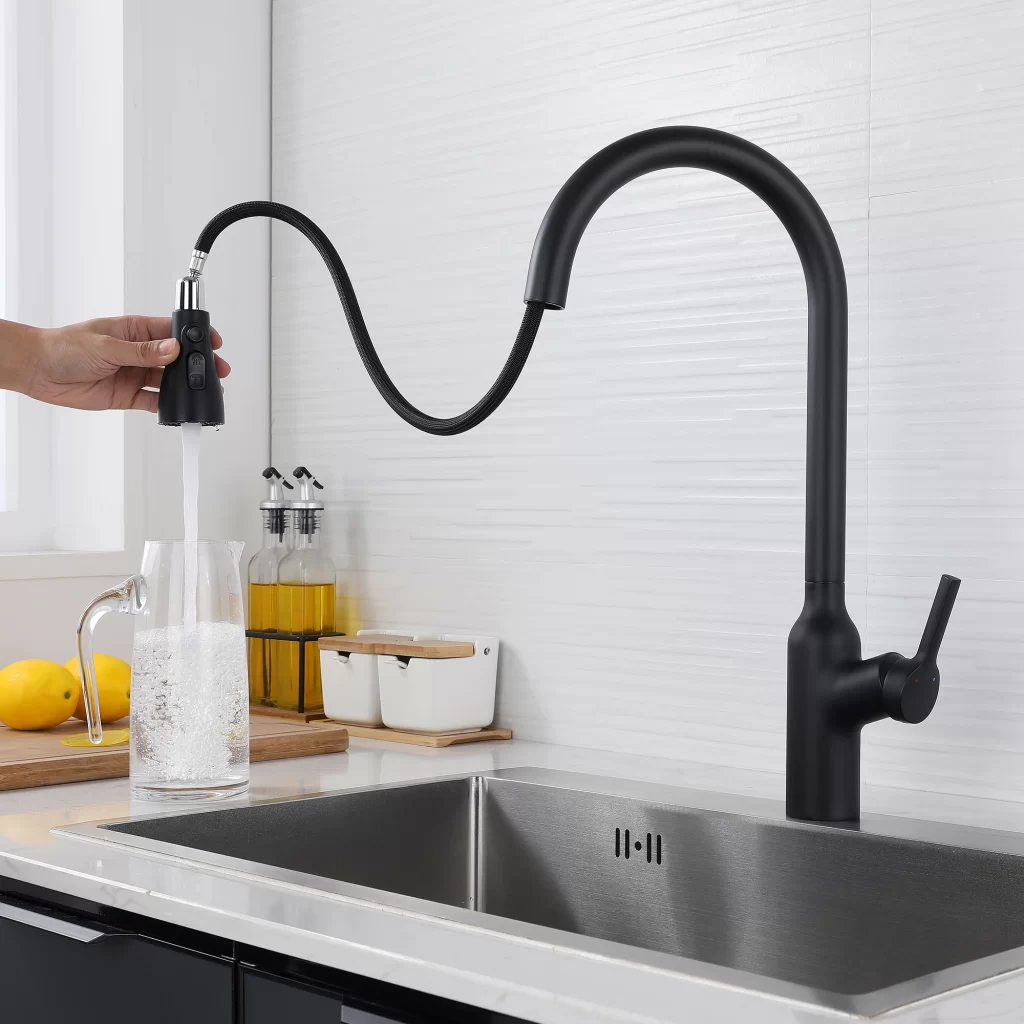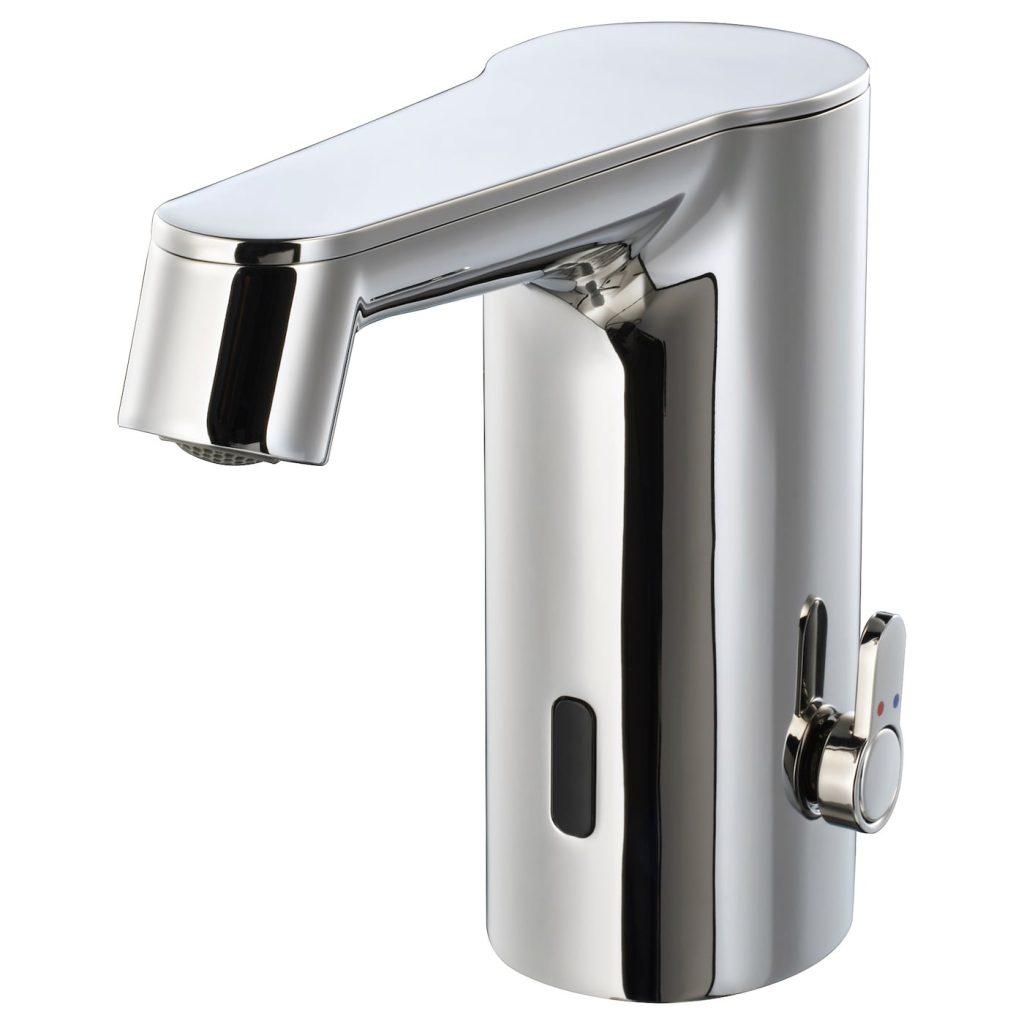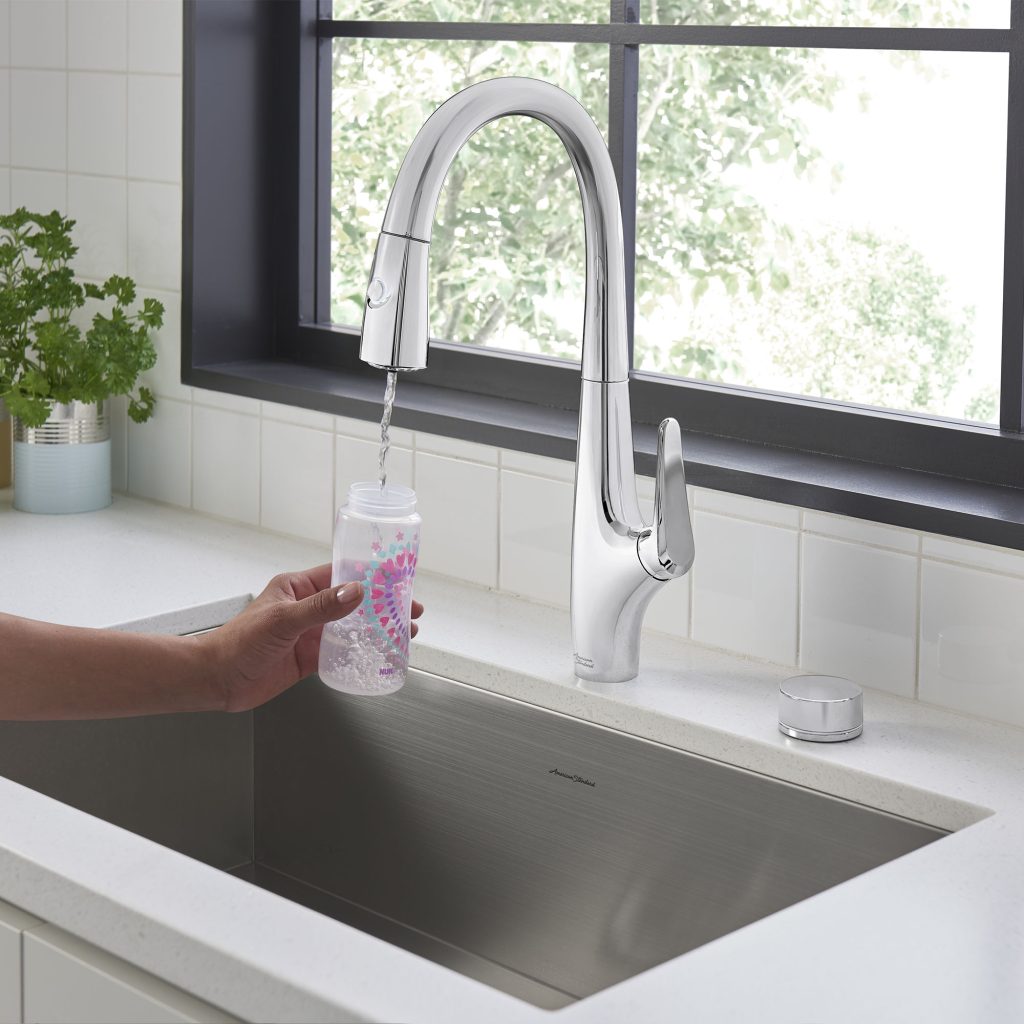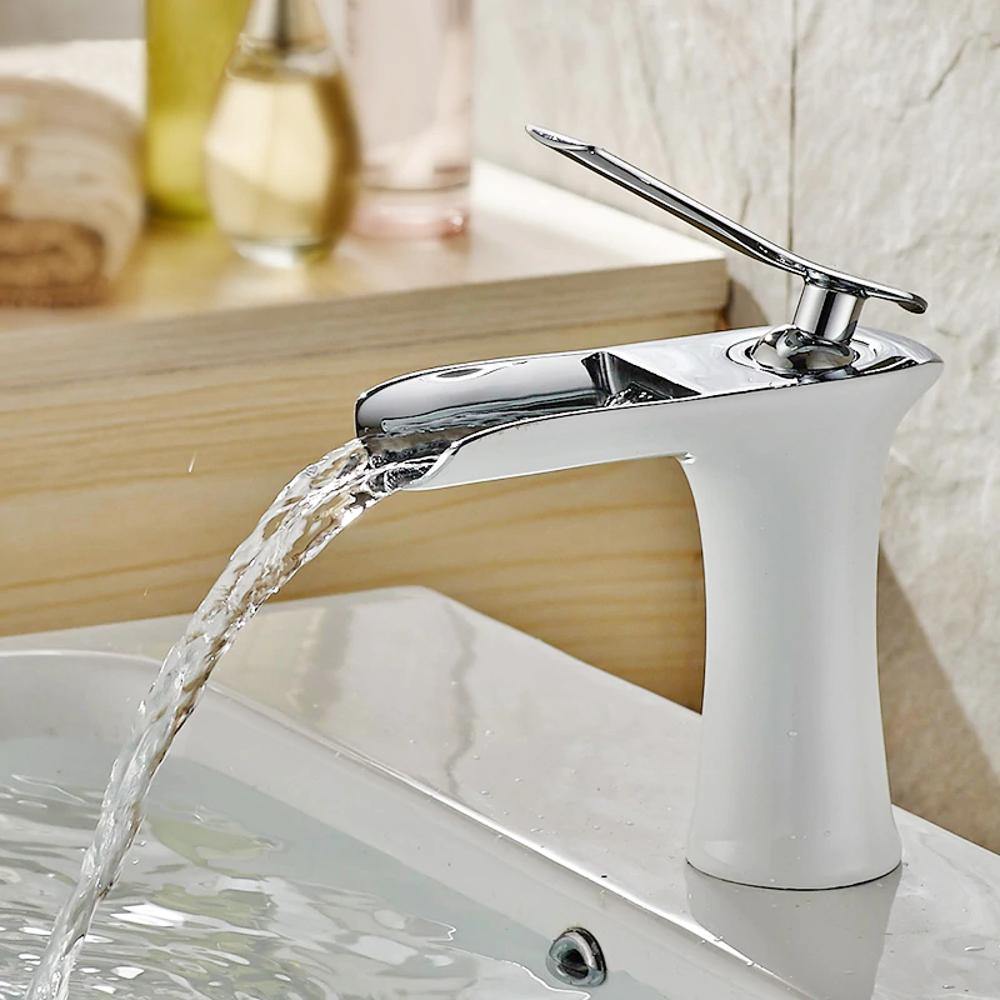How to clean sink faucets? Cleaning sink faucets is an important part of maintaining a clean and hygienic bathroom or kitchen. Over time, faucets can become dirty, stained, and covered in water spots, which can make them look unsightly and even affect their performance. Fortunately, cleaning sink faucets is a relatively simple task that can be done using everyday household items. In this article, we will discuss some effective methods for cleaning sink faucets to keep them looking and working their best.

Materials Needed
Before starting the cleaning process, it’s important to gather the necessary materials. The following items are commonly used for cleaning sink faucets:
- Distilled white vinegar
- Baking soda
- Lemon juice
- Soft cloth
- Toothbrush
- Paper towels
- Mild detergent
Each of these materials plays a specific role in the cleaning process, and when used in combination, they can effectively remove dirt, stains, and water spots from sink faucets.
Using Vinegar and Baking Soda
Vinegar and baking soda are versatile and effective cleaning agents that can be used to clean a variety of household surfaces, including sink faucets. To clean sink faucets with vinegar and baking soda, follow these steps:
- Start by wetting a soft cloth with distilled white vinegar.
- Wrap the vinegar-soaked cloth around the faucet, ensuring that it covers all stained or dirty areas.
- Allow the vinegar-soaked cloth to sit on the faucet for 10-15 minutes to loosen dirt and stains.
- Once the vinegar has had time to work, sprinkle baking soda onto the cloth.
- Use the cloth to gently scrub the faucet, focusing on areas with stubborn stains or buildup.
- Rinse the faucet thoroughly with water and dry it with a clean cloth or paper towel.
This method is effective for removing dirt and stains from sink faucets while also helping to prevent the buildup of limescale and other mineral deposits.
Using Lemon Juice
Lemon juice is another natural cleaning agent that can be used to clean sink faucets and remove water spots. Follow these steps to clean sink faucets with lemon juice:
- Squeeze fresh lemon juice onto a soft cloth or sponge.
- Rub the lemon juice onto the faucet, focusing on areas with water spots or stains.
- Allow the lemon juice to sit on the faucet for a few minutes to break down the stains.
- Use a toothbrush to gently scrub the faucet, paying special attention to any stubborn spots.
- Rinse the faucet with water and dry it thoroughly with a clean cloth or paper towel.
Lemon juice not only helps to remove water spots and stains but also leaves behind a fresh, citrus scent.

Using a Mild Detergent
For regular cleaning and maintenance, a mild detergent can be used to clean sink faucets. Follow these steps to clean sink faucets with a mild detergent:
- Fill a bowl with warm water and add a small amount of mild detergent.
- Dip a soft cloth or sponge into the soapy water and use it to clean the faucet, paying special attention to areas with water spots or stains.
- Use a toothbrush to scrub any stubborn spots or buildup.
- Rinse the faucet thoroughly with water and dry it with a clean cloth or paper towel.
This method is quick and easy and can help to keep sink faucets looking clean and shiny.
Notes on clean sink faucets
Sink faucets are an essential part of any kitchen or bathroom, but over time they can become dull and dirty due to hard water stains, soap scum, and everyday use. Regularly cleaning your sink faucets not only keeps them looking shiny and new, but also helps prevent the buildup of bacteria and germs. By following a few simple steps and using the right tools and cleaners, you can easily clean your sink faucets and keep them looking their best.
Preparation
Before cleaning your sink faucets, it’s important to gather the necessary supplies. You will need a soft cloth, a toothbrush or small brush, white vinegar, dish soap, baking soda, and a lemon or lemon juice. If your faucets have a chrome, stainless steel, or nickel finish, make sure to use cleaners that are safe for these materials to avoid damaging the surface.
Cleaning Process
Remove any debris:
Start by removing any debris or dirt from the surface of the faucet. Use a soft cloth or sponge to wipe away any loose particles and prepare the surface for cleaning.
Mix the cleaner:
In a small bowl, mix equal parts of white vinegar and water. This natural solution is effective at removing hard water stains and mineral buildup without harsh chemicals.
Apply the cleaner:
Dip the soft cloth into the vinegar solution and gently wipe the faucet, focusing on areas with visible stains or buildup. For hard-to-reach areas, use a toothbrush or small brush to scrub the surface.
Rinse and dry:
After applying the cleaner, rinse the faucet with clean water to remove any remaining vinegar residue. Dry the faucet with a clean, soft cloth to prevent water spots and maintain its shine.
Address tough stains:
For stubborn stains or mineral deposits, create a paste by mixing baking soda and lemon juice. Apply the paste to the affected areas and let it sit for a few minutes before scrubbing with a brush. Rinse the kitchen faucets with water and dry thoroughly.
Polish the finish:
To add an extra shine to your faucet, apply a small amount of baby oil or olive oil to a soft cloth and buff the surface. This will help restore the luster and protect the finish from water spots and fingerprints.

Maintenance Tips
In addition to regular cleaning, there are a few simple maintenance tips that can help keep your sink faucets looking their best:
- Wipe down the faucets after each use to remove water spots and soap residue.
- Use a mild dish soap and water to clean the faucets regularly, especially if you notice any buildup or stains.
- Avoid using abrasive cleaners or sponges that can scratch or damage the finish.
- Install a water softener if you have hard water, as this can help prevent mineral buildup on the faucets.
- Consider using a commercial metal polish or wax to protect the faucet finish and prevent tarnishing.
By following these tips and regularly cleaning and maintaining your sink faucets, you can keep them looking shiny and new for years to come.
Maintaining clean sink faucets is an important part of keeping your kitchen and bathroom looking fresh and hygienic. By following the proper cleaning process and using the right tools and cleaners, you can easily remove stains, mineral buildup, and grime from the surface of your faucets.
Additionally
Taking the time to regularly clean and maintain your faucets will help preserve their appearance and extend their lifespan. With a little effort, you can keep your sink faucets sparkling and functional for years to come.

Conclusion
Regular cleaning of sink faucets is essential for maintaining a clean and hygienic bathroom or kitchen. By using natural cleaning agents such as vinegar, baking soda, lemon juice, and mild detergent, it’s possible to effectively remove dirt, stains, and water spots from sink faucets. Additionally, regular cleaning can help to prevent the buildup of limescale and other mineral deposits, which can affect the performance of the faucet. By following the methods outlined in this article, anyone can keep their sink faucets looking and working their best.
